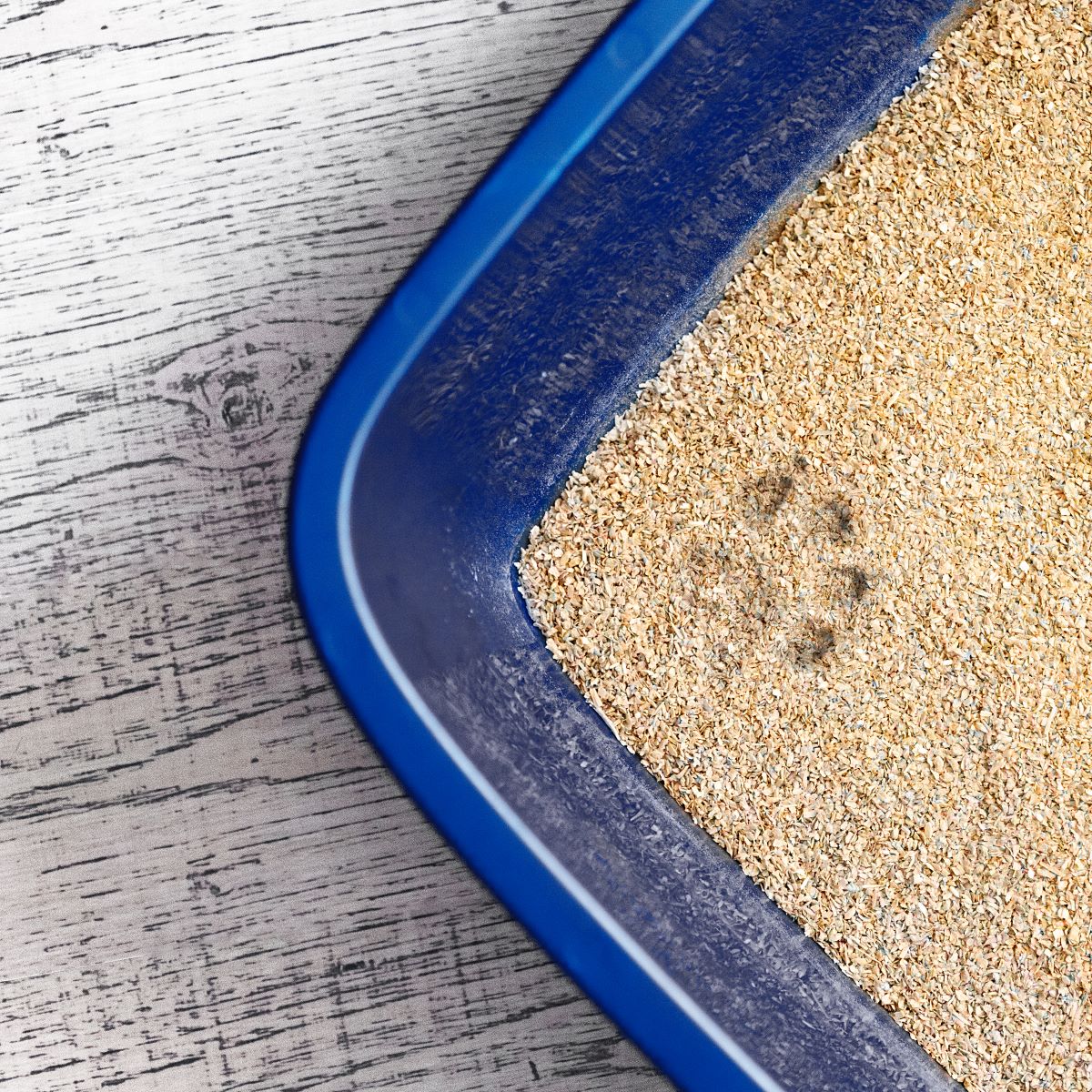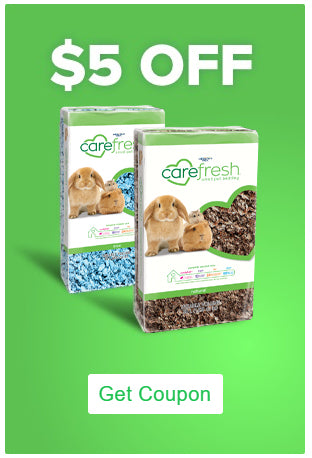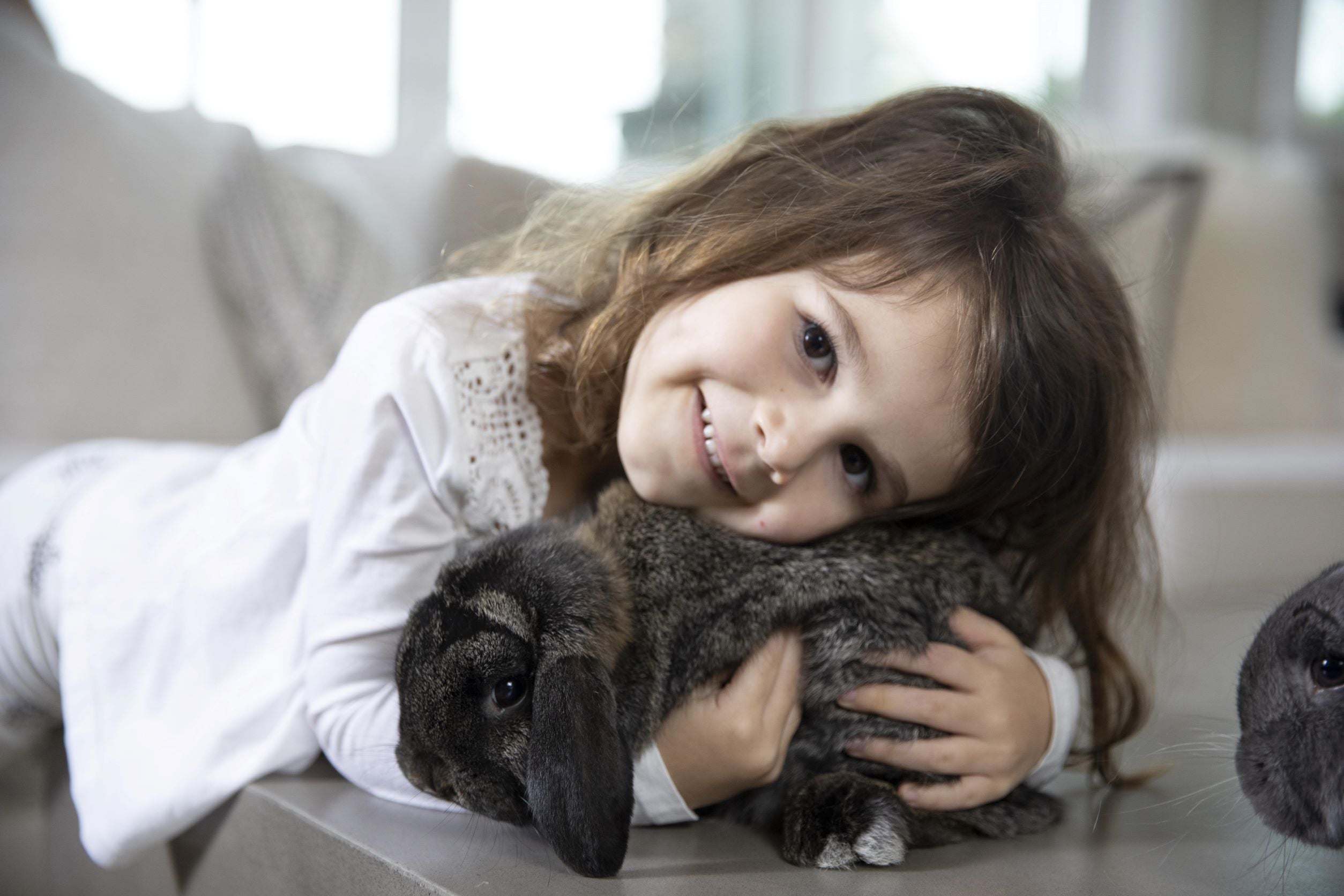
How to Keep Your Pet Healthy This Summer?
Photo by Josh Rakower on Unsplash
Summer brings sun, extended days, and plenty of opportunities to spend quality time with your pet. Yet the summer and heat can pose challenges to your pet's health. From guarding their paws to keeping them cool and comfortable, here are some valuable tips to ensure your furry friend remains healthy this summer.
1. Protect Their Paws on Walks
Hot pavement and rough ground can be dangerous for your pet's sensitive paw pads. Summer dog walking requires extra caution. Dog shoes are a good option to shield their paws from hot surfaces such as asphalt or sand. Select breathable, soft-fitting dog booties for comfort that won't compromise your dog's mobility.
Test the ground with your hand. If it's too hot to keep your hand there for several seconds, then it's too hot for your pet. Walk in cooler times of the day, such as early morning or evening, and use grassy paths whenever available. Check their paws afterward for cuts or burns.
2. Keep Cool While Outdoor Exploring
Outdoor summer adventuresadventures, such as hikes or beach trips, are enjoyable but can cause overheating. Make sure your animal is provided with shade and cool water at all times. On-the-go cooling mats and portable water bowls save lives for outdoor play.
Keep your pet from over-exercising from 10 a.m. to 4 p.m., which is usually the hottest part of the day. Observe signs of heatstroke, including heavy panting or exhaustion, and act fast by relocating your pet to a cooler area if symptoms are witnessed. A cool, lightweight bandana can also help regulate body temperature.

Photo by Elisa Barrantes on Unsplash
3. Plan Summer Picnics
Picnics are a summertime favorite, and having your pet join in can make the outings even better. Summer apparel for pets, such as air-permeable vests or sun-protective shirts, can keep your dog at ease while protecting them from harmful UV rays.
Choose loose-fitting, light-colored summer clothes to radiate heat and provide ventilation. Create a shaded area with a blanket and offer them water and a chew toy to make them comfortable. Avoid giving them human food, such as greasy burgers or desserts, which may upset their tummies.
4. Keep Hydration a Priority
Dehydration is most critical during summer. Ensure that they are provided with fresh, cool water and urge them to drink sufficiently. Add ice cubes to their bowl to make it cool, or serve water-dense treats like seedless watermelon (without the rind) in moderation.
If you're on the go, carry a collapsible water bottle designed for pets. Monitor their urine output-dark or infrequent urination may signal dehydration. Indoor pets need hydration, too, so place multiple water bowls around your home to remind them to drink.
5. Maintain a Summer Grooming Routine
Here are some routines to consider:
a) Regular Grooming
Brush their coat to remove loose fur and prevent matting, which can trap heat and cause discomfort. For long-haired dogs, a summer cut may be in order, but avoid shaving the skin, as fur serves as protection from the sun.
Clean their ears to prevent infection, particularly after exposure to water, and trim nails to avoid discomfort. Apply pet-safe sunscreen to skin areas exposed to the sun, such as the nose or belly, on light-colored pets to prevent sunburn.
b) Ensure Sleeping Areas are Comfortable
A warm, calm sleeping environment enables your pet to sleep peacefully, even amidst rising temperatures. One-piece dog onesies can prove to be a surprising nighttime solution for summer, particularly for short-haired dogs that get cold in air-conditioned spaces. One-piece, light dog onesies are comfortable without warming your dog.
Place their bed in a well-ventilated part of the house that is not exposed to direct sunlight. Clean their bedding frequently to eliminate dirt and allergens, which can be more prevalent during the summer. They might also increase their sleeping condition with a cooling pad or fan.
c) Watch Their Diet and Treats
Summer weather can impact your pet's appetite, so try to feed them in the cooler part of the day, such as in the morning or evening. Give your pet high-nutrient, high-quality food to help maintain their energy level.
Don't overdo treats, as weight gain can hinder heat. Frozen treats such as pet-safe yogurt pops or broth cubes are a wonderful treat. Always consult your veterinarian before trying new foods to ensure they are suitable for your pet's needs.
d) Schedule Regular Vet Check-ups
Summer is also an excellent time to schedule a visit with your vet and get your pet into top condition for the season. Your veterinarian should discuss flea, tick, and heartworm protection with you, as these can become a problem in warm weather.
Get your pet up to date on vaccinations if it will be exposed to other pets at parks or boarding kennels. Raise summer-specific issues, such as allergies or skin sensitivities that occur in damp weather, with your vet. A speedy check-up can detect minor problems before they become major issues.
Conclusion
By doing all these, you can keep your pet comfortable, happy, and healthy throughout the summer season. From dog booties for walks to picnic clothing during summer and onesies for dogs as nightwear, details make a big difference. Continue to monitor their water level, grooming, and overall health, and both of you will enjoy a trouble-free and happy summer season.








 email us
email us